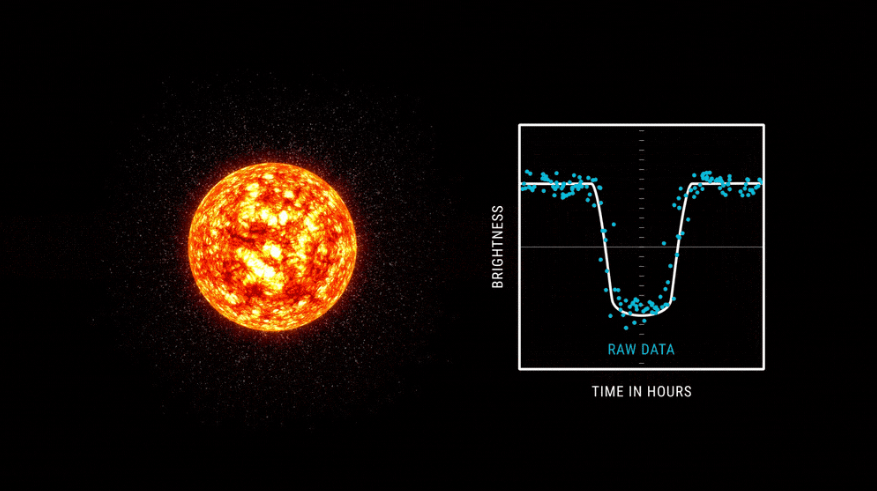
For the first time in history, an artificial intelligence system has discovered exoplanets using Kepler’s K2 observational data. Researchers from Google have discovered two new exoplanets using deep learning and NASA’s Kepler data.
Last year, researchers from Harvard and Google have released a neural network model that is able to detect celestial bodies in space. The model was trained on Kepler data with the goal of helping astronomers with the difficult task of detecting exoplanets from noisy signals present in observations.
Very often, the transit signal of an Earth-sized planet around a Sun-like star remains at the edge of detectability, and astronomers can certainly use help from machine learning methods.
Google open-sourced the neural network model called AstroNet K2 that was trained in a semi-supervised manner. The model is, in fact, detecting exoplanets by analyzing light curves – plots of the brightness of a star over time. The model was trained on data from more than 200 000 stars in our milky way galaxy over a period of 4 years.

This work is significant since it shows that machine learning methods can be applied to a wide variety of problems even in astronomy. More about how machine learning is applied to Kepler data can be read at Google’s blog post.
AstroNet K2 is open-sourced and available on Github, along with detailed description and a walkthrough.